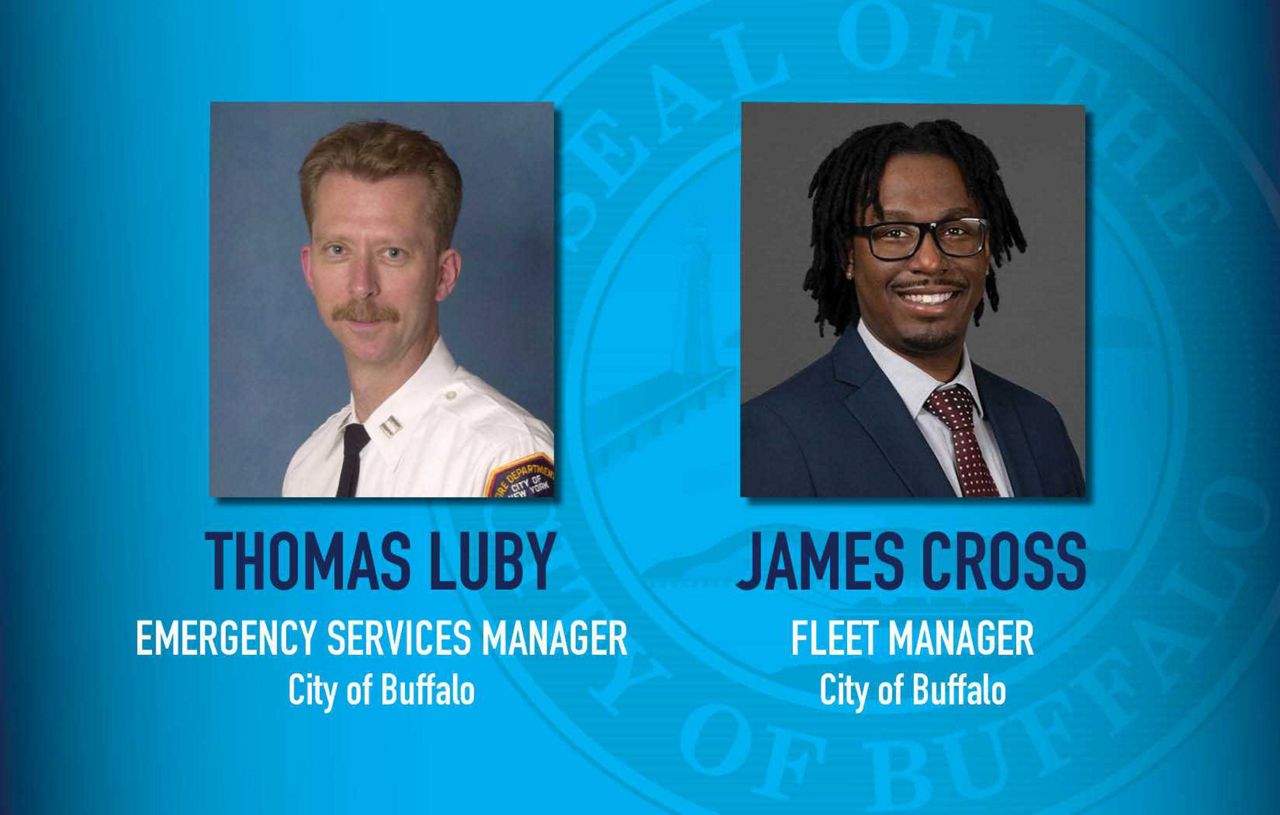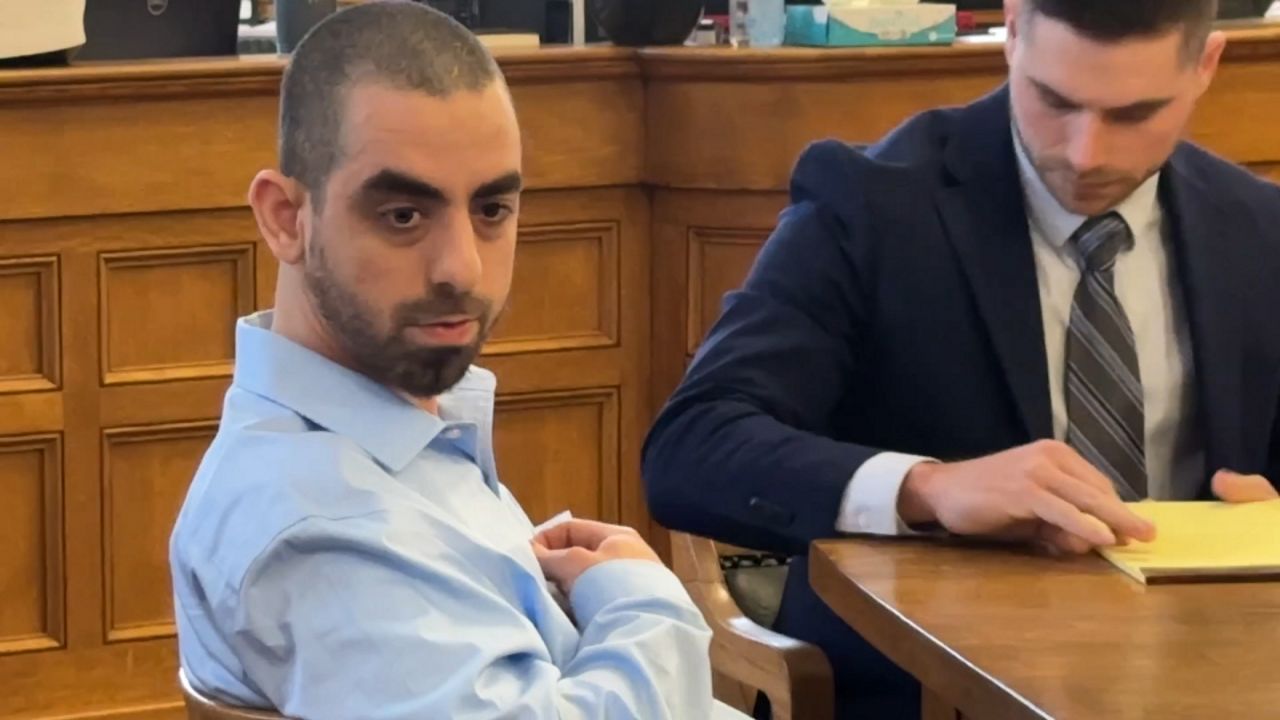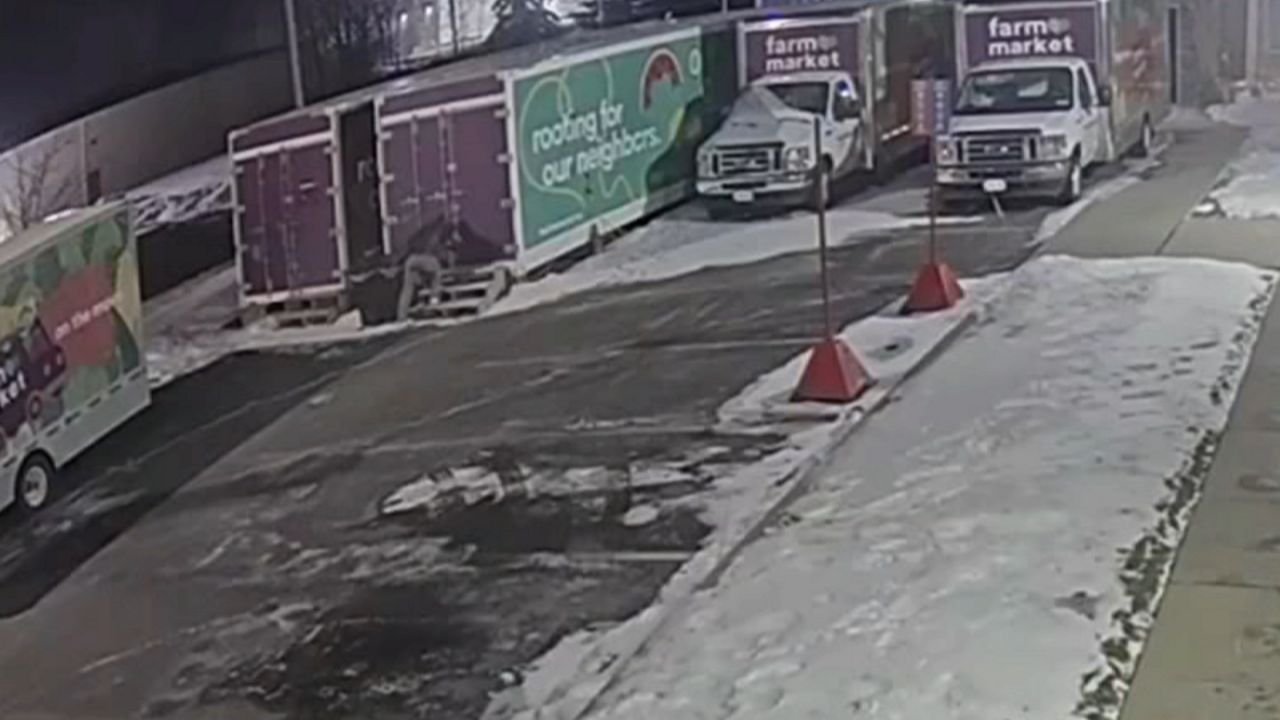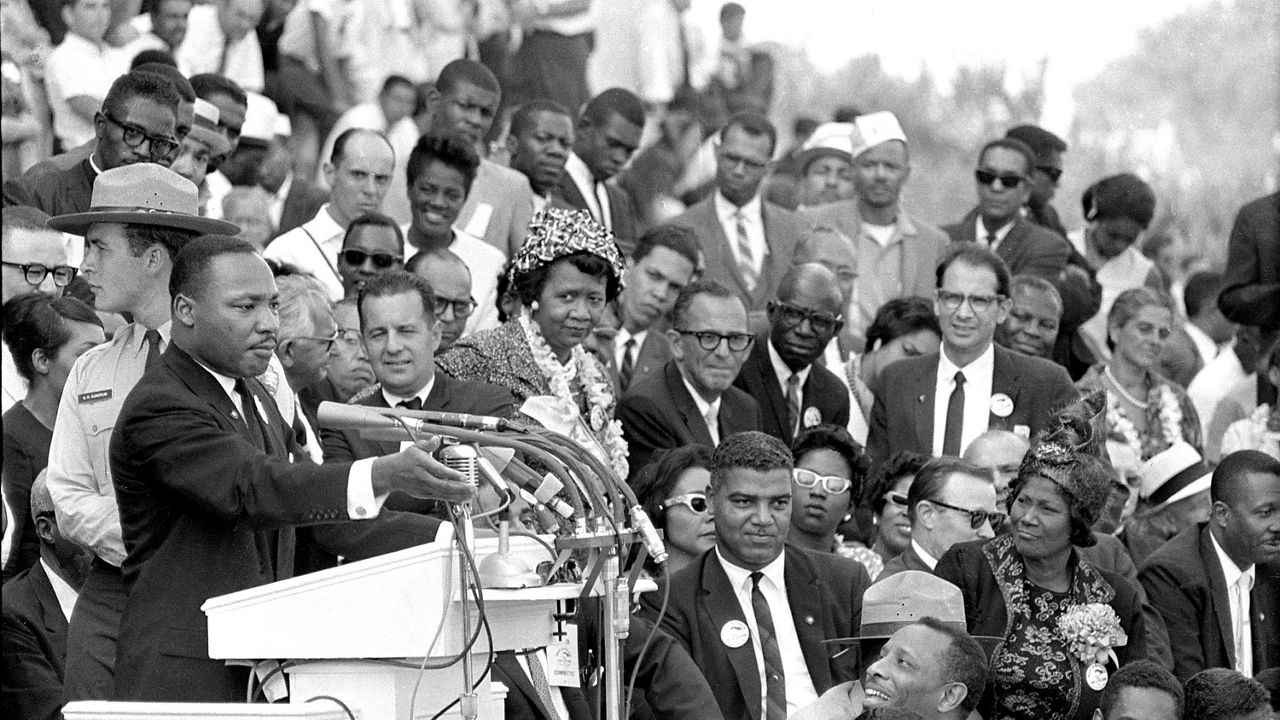The City of Buffalo released its 2023-2024 Winter Snow Plan on Monday, which outlines the city's approach to snow clearing, plowing and removing.
The plan highlights three tiers of snow events: a Tier 3 snow event will be declared during a typical winter snowfall or 8-12 inches of snowfall in 24 hours, Tier 2 will be for storms with 12 inches of snow fall per day and Tier 3 will be for more than two feet of snow fall in a 24-hour span.
The city has budgeted $1 million to pay private contractors to clear snow this upcoming winter, a 350% increase compared to last year's budget.
Post-event reports will have to be submitted to the Buffalo Common Council.
Council members criticized the plan Tuesday for how long it took to receive it, saying they were not being included in the conversations surrounding it and sparsely situated shelters that leave large gaps in the center of the city.
“We’ve got one in every district, so I mean, that was the core goal," said Nate Marton, Buffalo Department of Public Works commissioner. "So we unfortunately aren’t able to open a shelter right around the corner from everyone in the city...The idea with the shelters is that we promote when they’re open ahead of the storm. The last thing we want to do is have anybody in the middle of a storm try to get to a shelter.”
Councilmember Rasheed Wyatt shared his thoughts on the plan at Tuesday's Common Council Meeting.
“This has been a tough process," Wyatt said. "[Marton's] talked about communication. Well we [haven’t] had a lot of communication. We got this snow plan today.”
Wyatt also said he was concerned that the established warming shelters are not ready to serve as the first flakes of the season fell on the city Tuesday.
“As I’ve talked to the folks with my warming center, they have nothing. They don’t have generators. They don’t have cots. They don’t have food," Wyatt said.
Buffalo Public Schools is also involved in emergency sheltering and opening parking lots.
Regarding equipment, the plan said the Department of Public Works has a snow fleet of 36 plow trucks and 14 front-end loaders. In the event more equipment is needed, the city can also get help from private contractors, Erie County and New York state.
The city also announced its new hires for fleet manager and emergency services manager.
The fleet manager is James Cross, who has more than 10 years of experience in fleet management, including as assistant fleet operations manager for AAA of Western and Central New York, according to a press release from Mayor Byron Brown's Office.
“I am excited to join the Brown Administration to manage the City’s fleet of vehicles. My first order of business will be to fully inventory and assess the City’s current vehicle fleet to help plan for the future needs of the fleet moving forward,” Cross said in a statement. He has a bachelor’s degree from the University at Buffalo and was born and raised in East Buffalo.
The emergency services manager appointment went to Thomas Luby. According to the press release, Luby has more than 30 years of experience in public safety with the New York City Fire Department and served as a captain during the 9/11 terrorist attacks. He has also worked in emergency management roles with the U.S. Department of Homeland Security and Port Authority of New York and New Jersey. Luby has a master's degree in emergency and disaster management accompanied by a concentration in crisis management and continuity of operations from American Public University. He is also a Deptartment of Homeland Security FEMA-certified master exercise practitioner (MEP).
“I am excited to join the Brown Administration to manage the City’s fleet of vehicles. My first order of business will be to fully inventory and assess the City’s current vehicle fleet to help plan for the future needs of the fleet moving forward,” Luby said in a statement.

Buffalo Common Council members discussed making changes to the document to address their concerns with the plan.
“Because at the end of the day, I don’t care about our disagreements," Wyatt said. "I care about making sure the residents feel that we’re working to do the right thing if we have an emergency. And I pray that we don’t, because right now, we are not ready.”
Find the full plan below:









